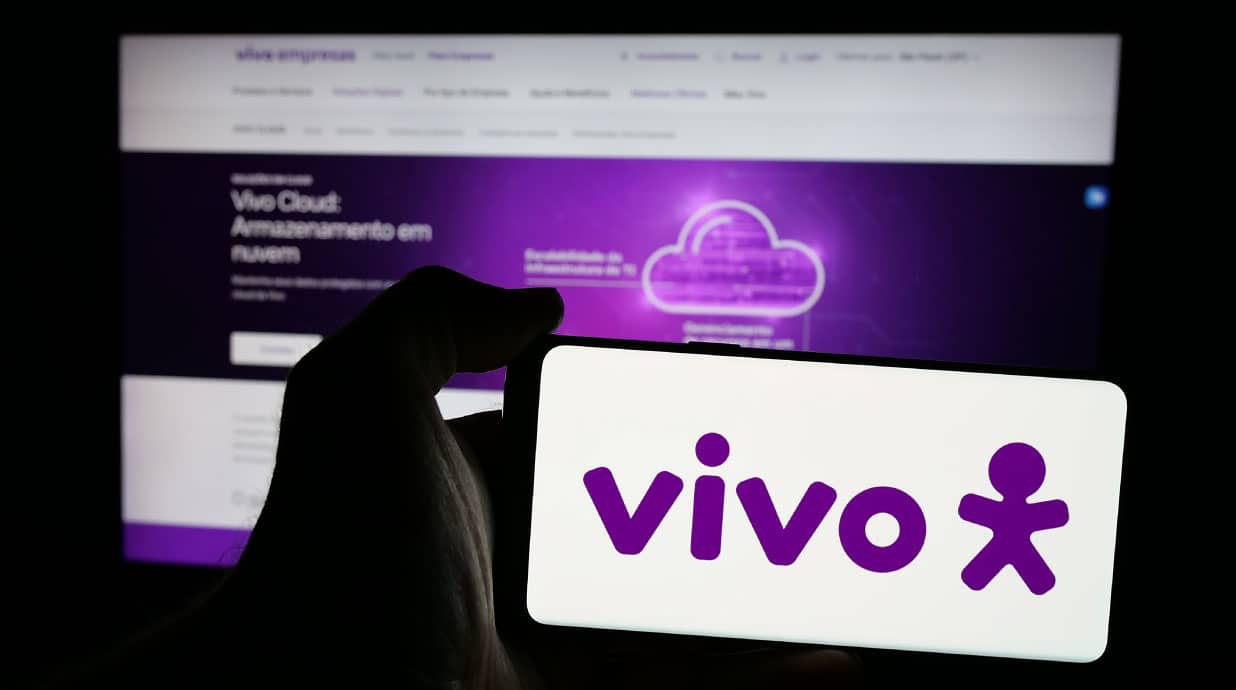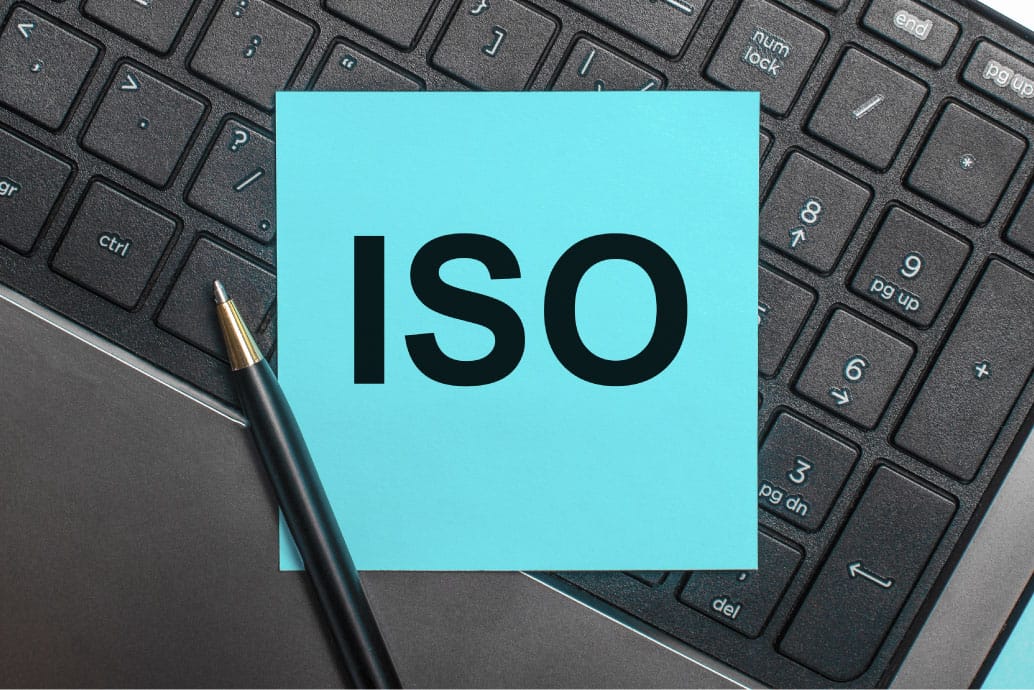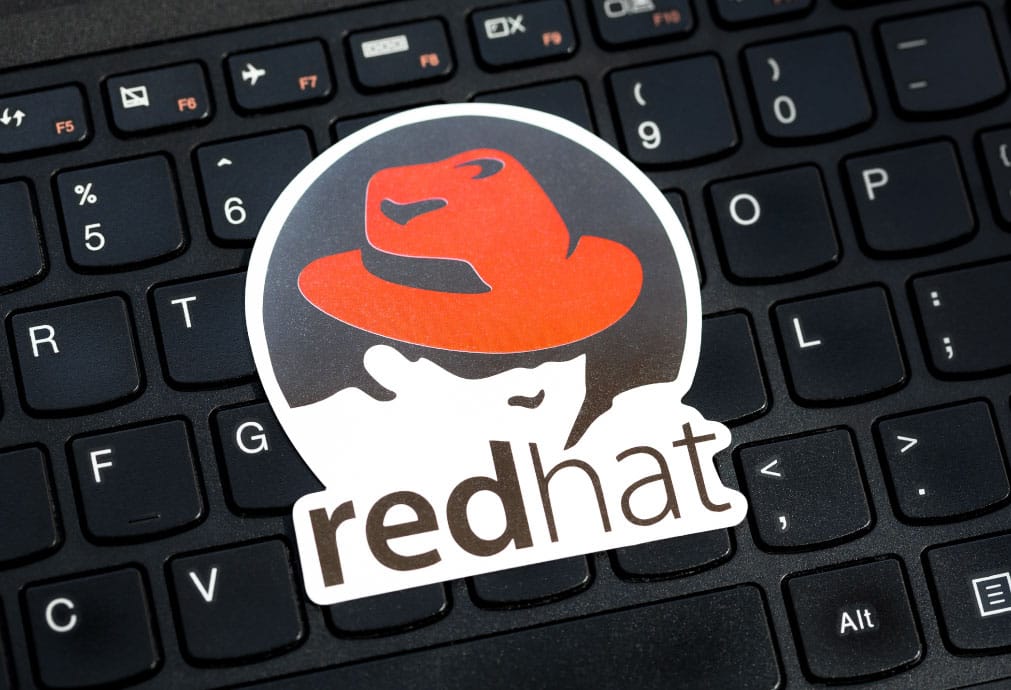After a 2024 marked by significant changes, driven mainly by the advancement of new technologies, the integration of purchasing channels, and the improvement of artificial intelligence (AI) as a sales tool —, retail enters 2025 with even higher expectations. The enthusiasm is reinforced by the reportConsumer Goods and Retail Outlook 2025, from the Economist Intelligence Unit (EIU), which projects a global growth of 2.2% in sales, the highest percentage of the decade. These numbers reflect a growing market, transformed by structural changes in the way we buy and sell.
One of the main drivers of this transformation will be the greater integration between physical and digital channels. The omnichannel model, which has been gaining ground for quite some time, is expected to further solidify its position as an essential strategy for retailers. According to estimates by Euromonitor International, online sales will account for 30% of total retail in Brazil by the end of the year. This preference requires retailers to invest increasingly in seamless experiences that unify the physical and digital environments, offering convenience and consistency at every stage of the shopping journey.
At the same time, AI and automation must redesign the industry's operations. From customer service chatbots to demand forecasting and efficient inventory management, technology has proven to be a powerful ally. She will be responsible for greater assertiveness, optimizing processes and anticipating needs, in addition to, of course, ensuring greater agility. In an increasingly competitive scenario, retailers who leverage these tools will have a significant advantage over their competitors.
Another crucial point is personalization. The support of consumption data to create unique and relevant experiences will be an irreversible trend. Consumers are increasingly open to this practice. A global study by consulting firm Cognizant indicates that this year, the public is likely to allow digital assistant services, such as chatbots, to help them identify relevant offers. However, it is essential to emphasize that this willingness to share personal information is only maintained when it results in tangible benefits, such as exclusive discounts and tailored recommendations.
Sustainability also occupies a central place on the industry's horizon. Today, customers, especially Generation Z, demand transparency and environmental responsibility from brands. A Nielsen study reveals that 65% of Brazilians prefer to buy from companies with sustainable practices. By 2025, the commitment to sustainability should represent much more than a differentiator, but a basic requirement to remain relevant.
It should also be noted that social commerce continues to gain ground. Social networks, influencers, and affiliates will play key roles in promoting products and campaigns within the digital environment. The ability to make direct communications within these channels is changing the way brands connect with their audience. The proof of this is that, increasingly, platforms are willing to offer a conducive environment for personalized experiences and mass-facilitated marketing, combining the convenience of digital shopping with digital influence.
In summary, 2025 will be a year in which retail becomes more connected, efficient, and conscious. Emerging technologies, combined with the growing demands for personalization and sustainability, will shape the sector. For retailers, the key is to embrace these trends and adapt to the new demands of consumers as quickly as possible. After all, today it's not just about selling products, but about creating experiences that truly matter.











